The Power of Resilience: Overcoming Challenges and Thriving in Adversity
In the fast-paced world of modern food production, certain time-honored practices can easily be forgotten.
One such practice is the art of meat curing—a culinary tradition that holds a special place in the hearts of many families. In this article, we delve into the captivating world of meat curing and explore its significance in preserving flavors, craftsmanship, and cultural heritage. Join us as we honor the past, celebrate the present, and inspire future generations to embrace the art of meat curing.
Rediscovering the Art of Meat Curing: Honoring Tradition for Future Generations
In a world where convenience and speed often dominate our approach to food, the art of meat curing stands as a testament to the craftsmanship and dedication of our ancestors. Sadly, with each passing generation, this invaluable knowledge can fade away, leaving behind a void that cannot be easily filled. Our aim in this article is to shine a light on the art of meat curing, its rich history, and its enduring significance. Together, let's embark on a journey that connects us to our culinary roots and inspires us to preserve this tradition for future generations.
Recipe: Homemade Dry-Cured Bacon
Note: Dry curing is a traditional method that requires careful attention to temperatures, humidity, and time. It is important to follow food safety guidelines and consult reputable sources for detailed instructions on meat curing.
Ingredients:
- - 5 pounds pork belly, skin-on
- - 2 ounces kosher salt
- - 2 ounces brown sugar
- - 1 tablespoon black pepper, coarsely ground
- - 1 teaspoon pink curing salt (Prague Powder #1)
- - A handful of fresh herbs (such as thyme or rosemary), optional
Instructions:
1. Prepare the pork belly:
- - Start by thoroughly rinsing the pork belly under cold water and patting it dry with paper towels.
- - Trim any excess fat or uneven edges, ensuring a relatively uniform shape.
2. Combine the curing ingredients:
- - In a bowl, mix together the kosher salt, brown sugar, black pepper, and pink curing salt (Prague Powder #1).
- - If desired, add a handful of fresh herbs to the curing mixture for additional flavor.
3. Apply the cure:
- Rub the curing mixture evenly all over the pork belly, ensuring it is coated on all sides.
- Place the pork belly in a non-reactive container or a sealable plastic bag, removing as much air as possible.
4. Cure the meat:
- Transfer the container or bag to the refrigerator and let the pork belly cure for 7 to 10 days, turning it every other day.
- During this time, the salt and curing mixture will penetrate the meat, preserving and flavoring it.
5. Rinse and dry the bacon:
- After the curing period, remove the pork belly from the container or bag.
- Rinse it thoroughly under cold water to remove any excess salt or curing mixture.
- Pat the pork belly dry with paper towels and let it air dry in the refrigerator uncovered for 24 to 48 hours. This step helps develop a pellicle, a tacky surface that aids in the formation of a flavorful crust during smoking.
6. Smoke the bacon (optional):
- If desired, you can further enhance the flavor by smoking the bacon.
- Prepare your smoker according to the manufacturer's instructions, using your choice of wood chips or chunks for smoke flavor.
- Smoke the bacon at a low temperature (around 200°F) until it reaches an internal temperature of 150°F.
- This can take several hours, so monitor the temperature closely and adjust the smoking time accordingly.
7. Slice, cook, and enjoy:
- Once the bacon is smoked (if desired), it is ready to be sliced.
- Use a sharp knife or a meat slicer to cut thin, even slices.
- Cook the bacon as desired, savoring the unique flavors and textures that come from the art of meat curing.
Preserving the Legacy of Meat Curing
The art of meat curing is not just about the flavors and textures it imparts—it represents a connection to our heritage, a way to honor the craftsmanship of our ancestors, and a means of passing down traditions to future generations. As we rekindle the flame of this time-tested practice, we have the opportunity to not only enjoy the fruits of our labor but also keep alive a part of our cultural legacy.
Meat curing, once a cornerstone of culinary traditions, is now at risk of fading away.
By embracing the art of meat curing in our own kitchens and sharing it with future generations, we can ensure that this invaluable knowledge is preserved and cherished. Let's celebrate the flavors, craftsmanship, and cultural heritage that meat curing represents, and rekindle the appreciation for this ancient practice. In doing so, we honor our past, enrich our present, and create a foundation for a flavorful and connected future.Title: "Rediscovering the Art of Meat Curing: Honoring Tradition for Future Generations"










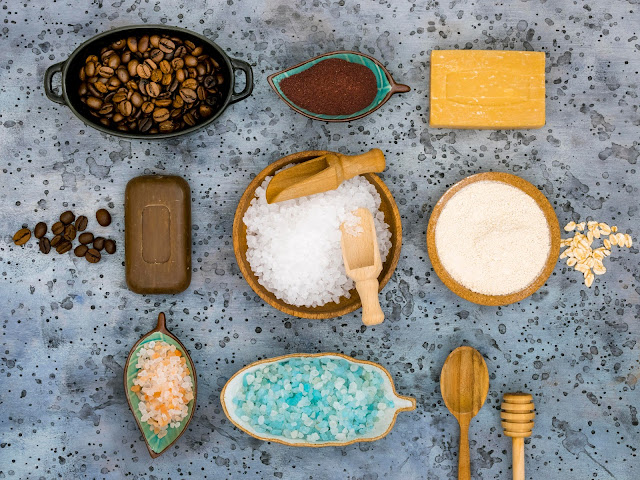

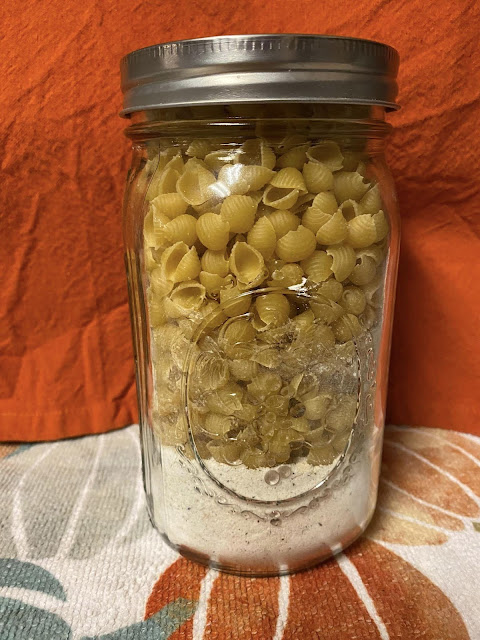




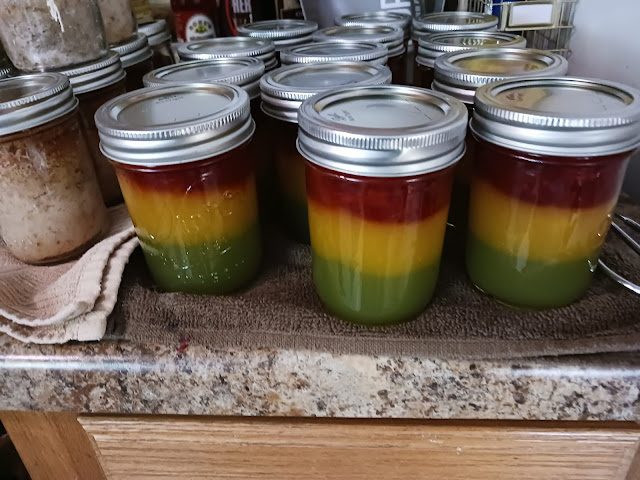

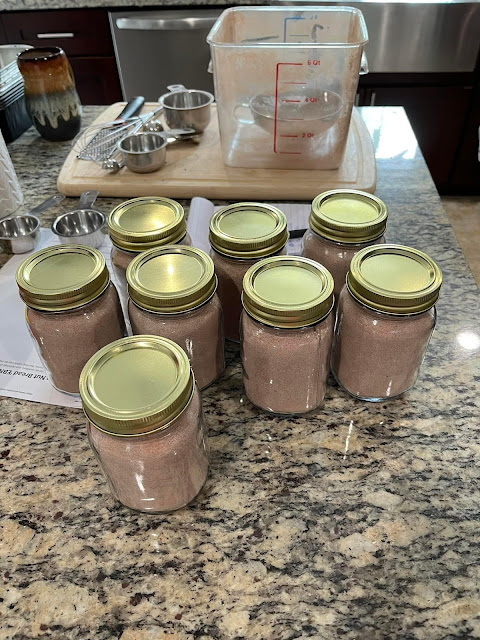
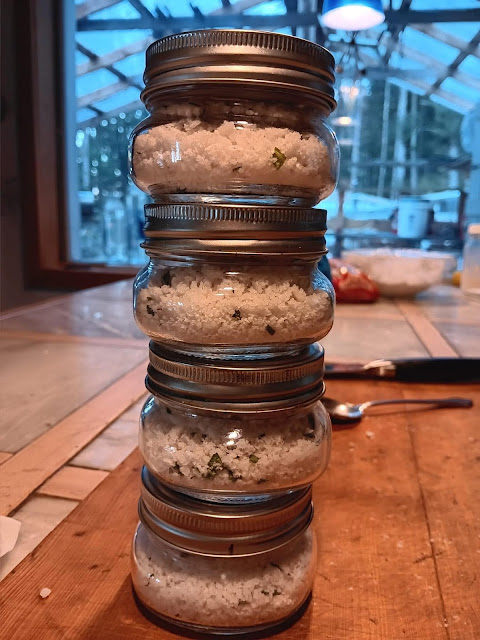
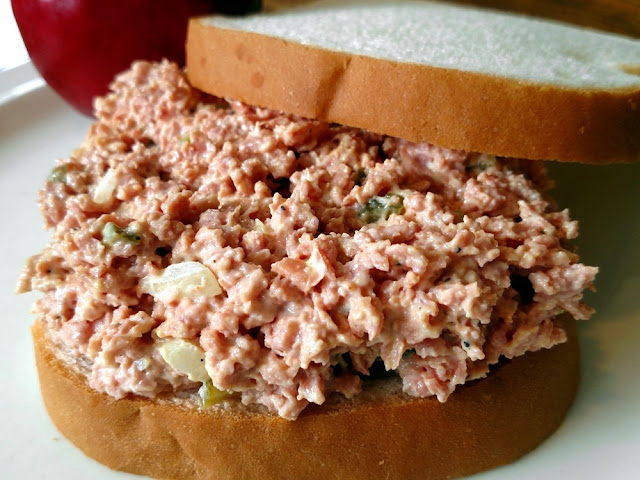

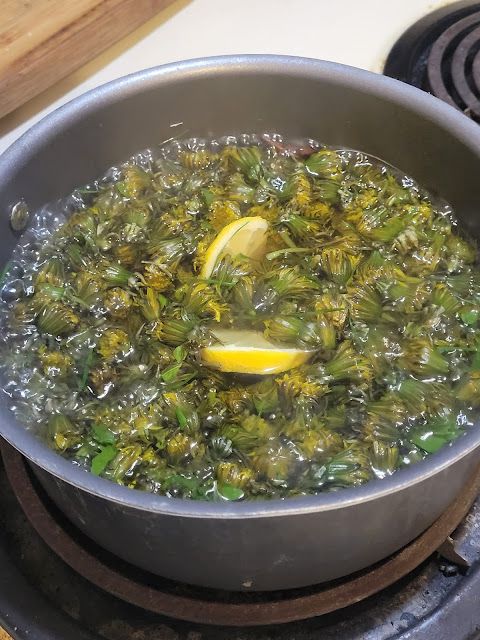

Comments